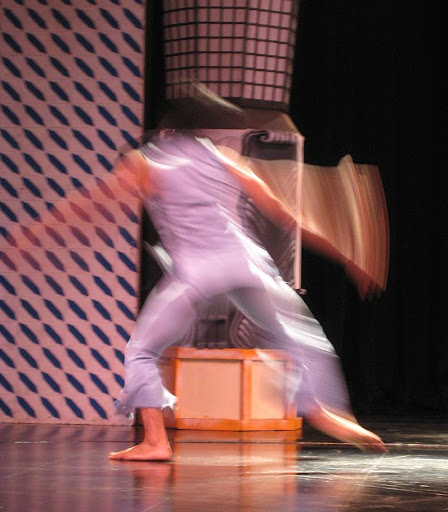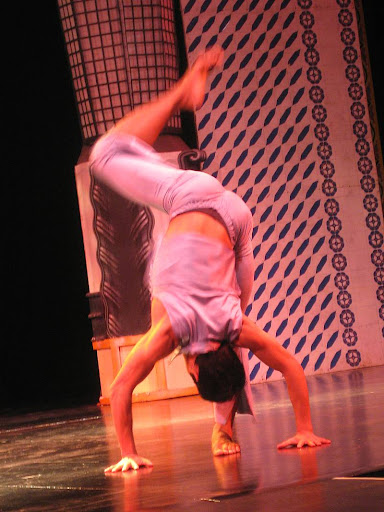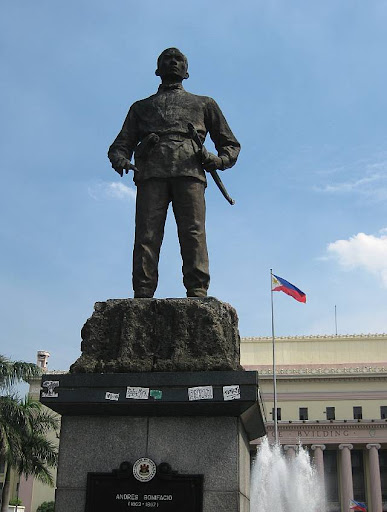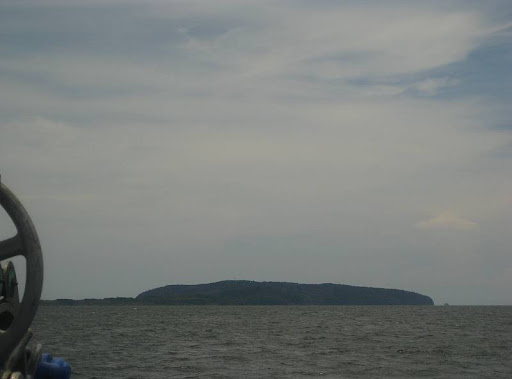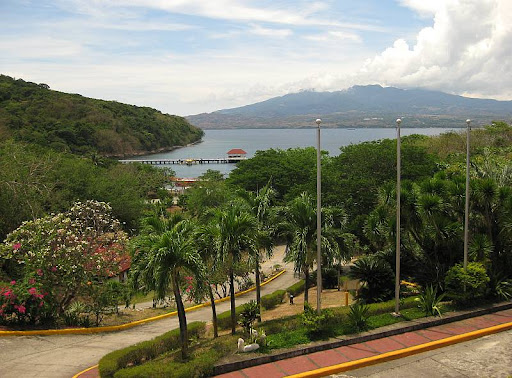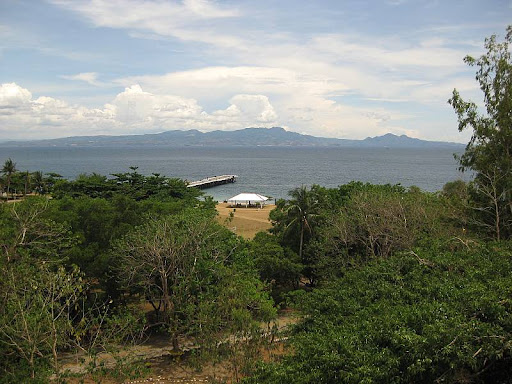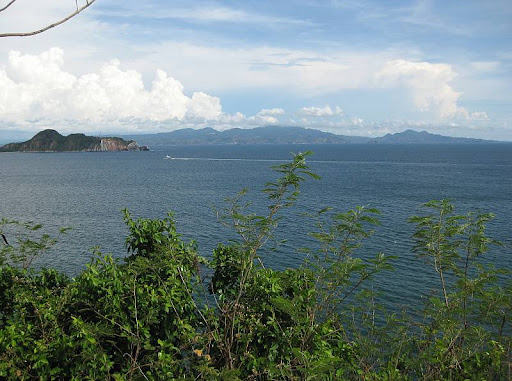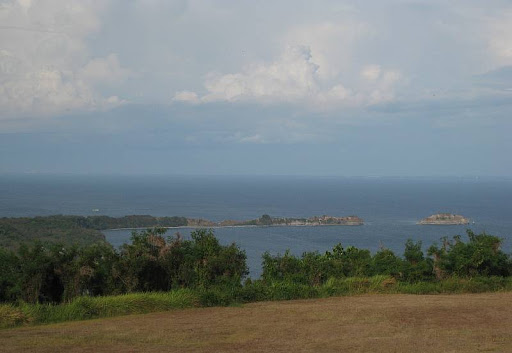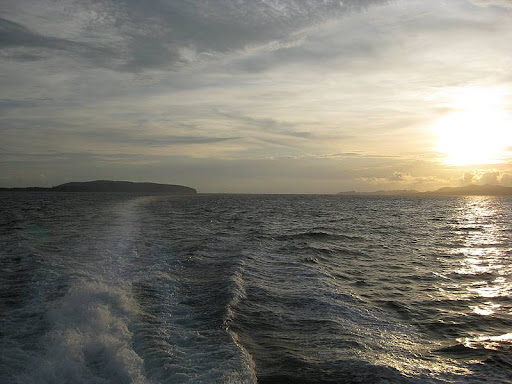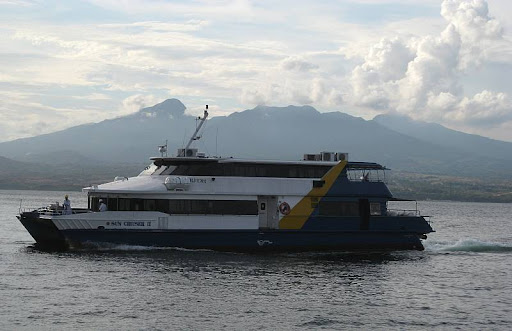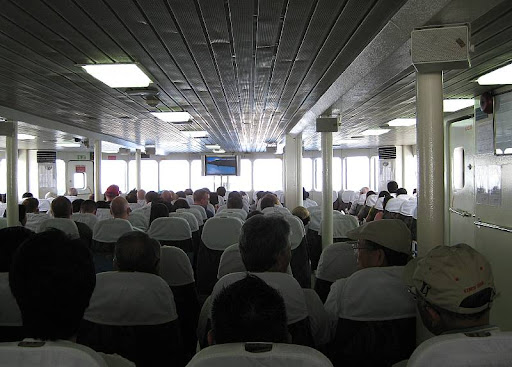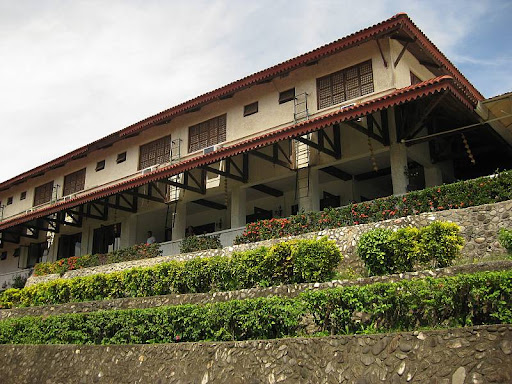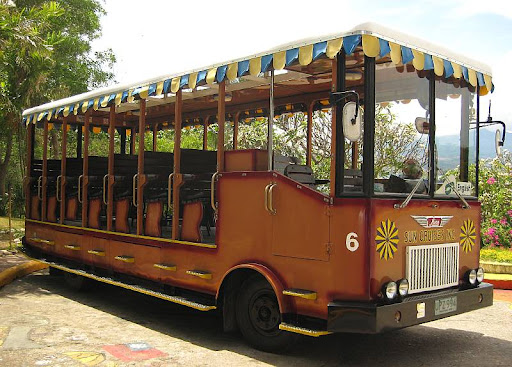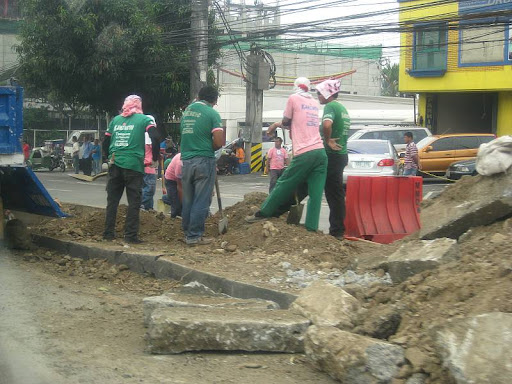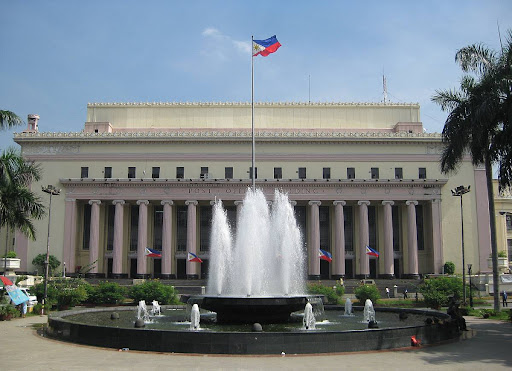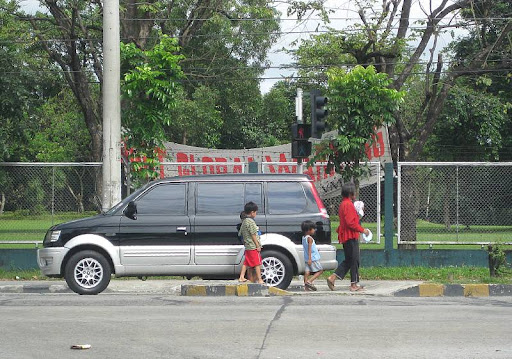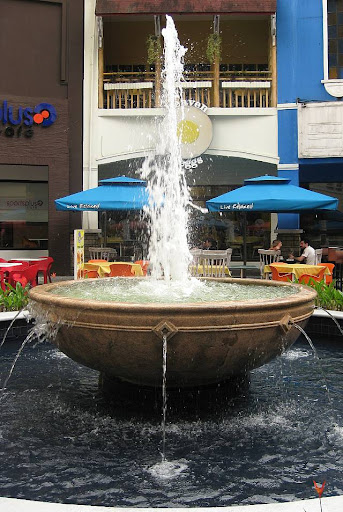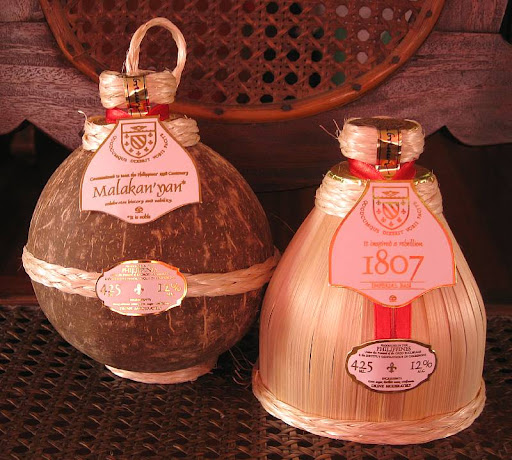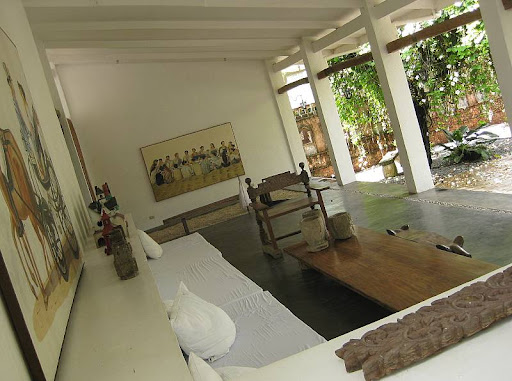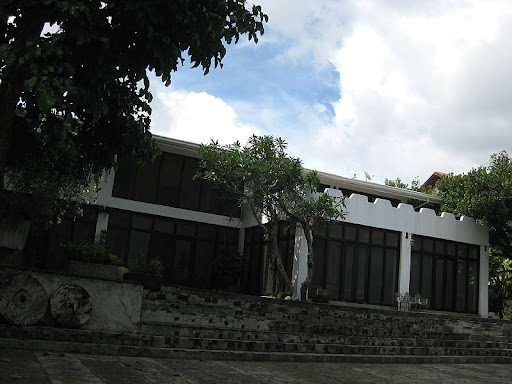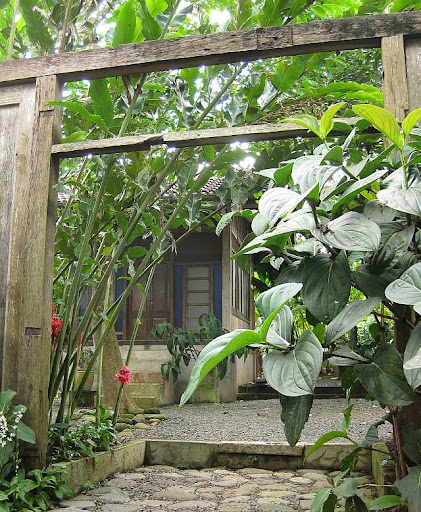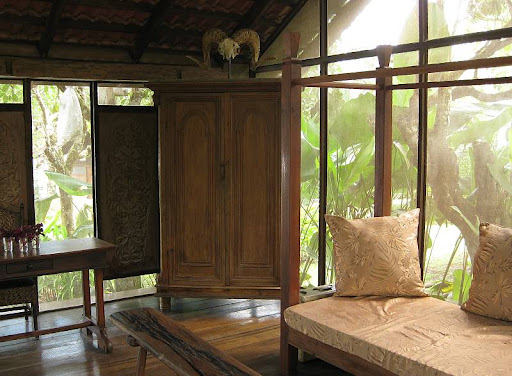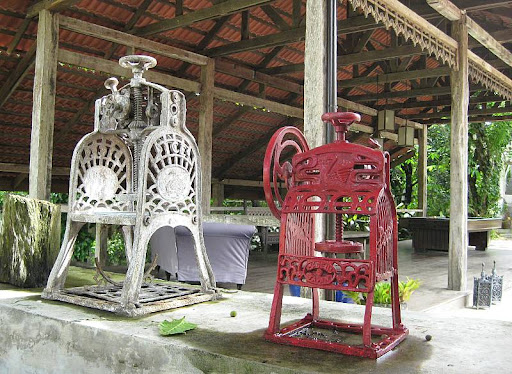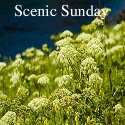I found myself with some time to finally finish my Corregidor series, and it turns out that the timing is quite appropriate. The U.S. is observing Memorial Day on Monday and many Americans died on Corregidor Island during WWII. So my dear American friends, this post is especially for you. For many reasons, Filipinos consider General
Douglas MacArthur a hero. Corregidor Island was his headquarters during the
Battle of the Philippines in 1941–42. When he was ordered by U.S. President
Franklin D. Roosevelt to relocate to Melbourne, Australia when the Japanese attacks were getting worse, he considered resigning his commission and staying on as a private soldier in the Philippine resistance. This is his twice-life-size statue near Corregidor's Lorcha Dock, which was believed to be MacArthur's departure point for Australia on March 11, 1942. He spoke his most famous line "I shall return" in Australia, not the Philippines, and he did—on October 20, 1944 in the province of
Leyte.

The unenviable task of defending the Philippines after the departure of MacArthur fell on General
Jonathan M. Wainwright. It was he who had to make the agonizing decision to surrender to the Japanese on May 6, 1942. He was the highest-ranking American prisoner of war held by the Japanese until his liberation in August 1945. Throughout his captivity, he agonized over his decisions in the Philippines and felt that he let his country down. I can only imagine what he felt when President
Harry S. Truman awarded him a
Medal of Honor on September 10, 1945.
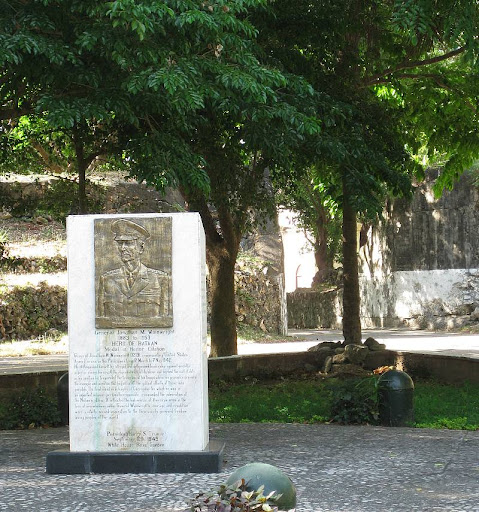
Of course, there were also many Filipino soldiers who fought and died alongside their American counterparts. This is the Filipino Heroes Memorial with the statue of the Farmer-Soldier, which is representative of what most Filipino soldiers truly are even until now. The low, stone walls of the memorial are covered with fourteen friezes depicting different battles fought by Filipinos in defense of their motherland, from the
Battle of Mactan in 1521 to the
People Power Revolution in 1986.
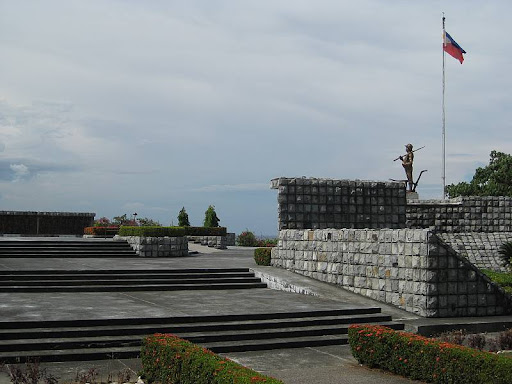
In all wars and battles, soldiers just follow orders from their officers who in turn also just follow orders from their governments. Corregidor Island is big enough—and I like to think that Filipino hearts are big enough too—to accommodate a Japanese Garden of Peace. The garden has a 10-foot tall
Buddha and a
Shinto shrine, relics of Japanese weapons, and this small plot with stone lotus leaves with little brass plaques engraved with Japanese characters around a lotus flower (the grass was dry last April but it must be beautifully green now). When the American and Filipino troops recaptured Corregidor in 1945, all the Japanese who died on the island were buried in this area. The bodies have since been exhumed and sent home to the soldiers' families, and the Japanese Garden of Peace was created to provide family members, friends and countrymen who visit, a place to pray, remember and reflect. And yes, many Japanese visit Corregidor Island every year, both young and old. A small monument in the garden ends with the line: "We ardently pray for… everlasting peace throughout the world." Amen to that.

This statue is named "Brothers in Arms" and the plaque in front of it reads, "In these hallowed surroundings where heroes sleep may their ashes scatter in the wind and live in the hearts of those who were left behind. They died for freedom's right and in heaven's sight theirs was a noble cause." It stands in front of the
Pacific War Memorial, built by the United States government and completed in 1968, which is dedicated to the "Filipino and American fighting men who gave their lives to win the land, sea and air victories which restored freedom and peace to the Pacific Ocean area."
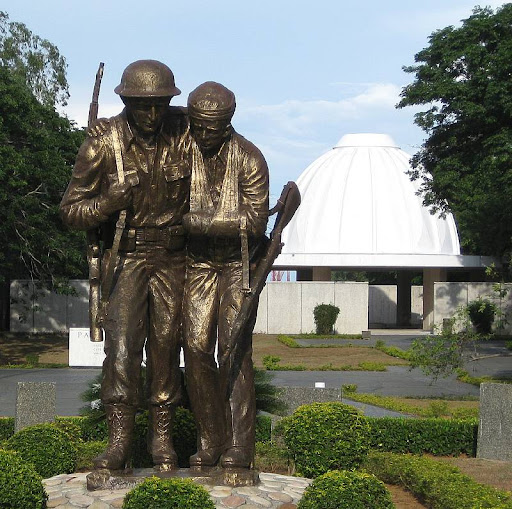
The dome of the main structure of the Pacific War Memorial has a hole which lets light fall on the circular altar underneath it. The altar is engraved with the words, "Sleep my sons, your duty done… for freedom's light has come. Sleep in the silent depths of the sea, or in your bed of hallowed sod. Until you hear at dawn the low, clear reveille of God."

If you walk beyond the altar to a door opposite the entrance, you will see a concrete path with narrow pools at the sides. On its walls are large marble slabs engraved with the names of all the countries and islands where the
Pacific War was fought, and all relevant dates and battles. At the end of the path is the 40-foot tall, steel "Flame of Freedom" created by the American sculptor
Aristides Demetrios. At the base of the sculpture, there is a small sign that says, "To live in freedom's light is the right of mankind."
 CORREGIDOR ISLAND SERIES #4 OF 7
CORREGIDOR ISLAND SERIES #4 OF 7


